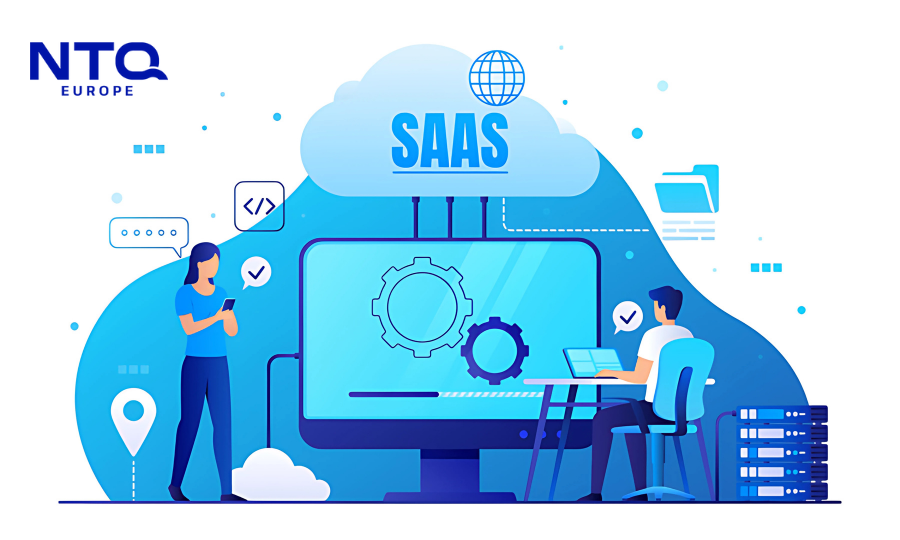What Is On-prem Migration and Why Does It Matter Today?
In an age where cloud computing dominates IT conversations, On-prem Migration might sound like going against the current. However, for many businesses, moving back or migrating to on-premises infrastructure is not only relevant but also a strategic decision rooted in control, compliance, and performance.
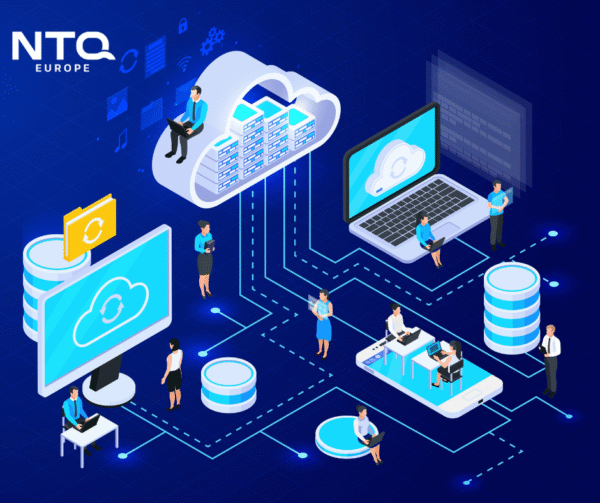
On-prem Migration is a process of transitioning workloads, data, applications, or entire systems from the cloud (or other environments) to physical, on-premises infrastructure managed by the business itself.
What is On-prem Migration?
On-prem Migration (or On-Premises Migration) refers to the process of transitioning workloads, data, applications, or entire systems from the cloud (or other environments) to physical, on-premises infrastructure managed by the business itself. It can also involve modernizing or consolidating older on-prem environments into a more efficient, secure, and scalable system.
This migration is typically driven by businesses seeking more visibility and control over their data, or by those in industries with strict regulatory requirements that cloud environments can’t always accommodate easily.
On-prem Migration vs. Cloud Migration
Cloud Migration involves moving from a physical or legacy environment into cloud platforms (like AWS, Azure, or GCP). This approach empowers businesses to scale quickly, reduce capital expenditure while enabling remote access from anywhere.
On the other hand, On-prem Migration is about bringing systems back in-house or modernizing local infrastructure. It provides organizations with greater control over where their data lives, how it’s handled, and who has access to it.
| Feature | On-prem Migration | Cloud Migration |
| Infrastructure Location | At the organization’s own data center or office | Hosted by third-party cloud providers |
| Data Control | Full ownership and oversight | Shared responsibility with the cloud provider |
| Security | Customizable and tightly managed in-house | Security managed largely by the vendor |
| Cost Structure | Higher upfront costs, lower long-term expenses | Pay-as-you-go model with operational expenses |
| Customization | Highly customizable to internal requirements | Limited by platform architecture and APIs |
Why Do Some Businesses Still Choose On-prem?
Despite the convenience of the cloud, On-prem Migration continues to make sense for many businesses, especially those that:
- Work in regulated industries (like healthcare, finance, or government) where data locality and audit trails are critical.
- Require low-latency, high-performance systems such as in manufacturing or real-time processing environments.
- Want full control over infrastructure, with no dependency on third-party providers for access, updates, or uptime.
- Have specific customization needs that cloud environments can’t accommodate without significant re-engineering.
The choice isn’t always about cloud versus on-prem; it’s about what your business truly needs to operate efficiently, securely, and at scale. In many cases, the right move is either a full-on-prem migration or a hybrid model that combines the best of both worlds.
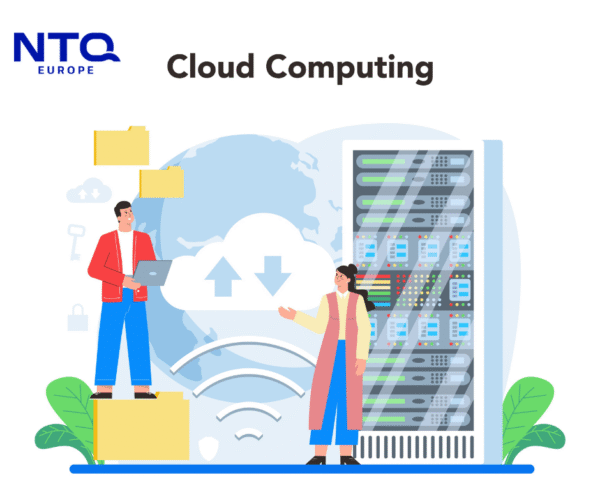
Shifting back to an on-premises environment can be complex, particularly for businesses that have spent years relying on cloud platforms.
Challenges in Transitioning to On-prem Infrastructure
While On-prem Migration offers greater control, security, and performance, shifting back to an on-premises environment can be complex, particularly for businesses that have spent years relying on cloud platforms. However, with the right planning, tools, and partners, these challenges can be turned into strategic wins.
| Challenge | Why It’s a Challenge | How to Solve It |
| High Upfront Investment in Hardware & Maintenance | Setting up physical infrastructure requires significant initial capital, including servers, storage, cooling, power redundancy, and more. | Start with a scalable architecture. Invest only in what’s needed now, and build a roadmap for future expansion. Consider refurbished hardware and virtualization to reduce costs. |
| Need for Skilled IT Staff | On-prem systems demand experienced professionals for setup, monitoring, maintenance, and upgrades. | Upskill existing teams or partner with experienced migration providers who can handle the transition, provide training, or even offer managed services until internal teams are ready. |
| Ensuring Security & Regulatory Compliance | When data is hosted on-prem, your team is responsible for security at every level, from physical access to encryption and backups. | Use industry-standard best practices (e.g., ISO 27001), deploy firewalls, SIEM tools, and conduct regular audits. Collaborate with compliance experts during the planning stage. |
Key Strategies for On-prem Migration: Finding the Right Fit for Your Business
There’s no one-size-fits-all approach when it comes to On-prem Migration. The right migration strategy depends on your current infrastructure, business goals, compliance requirements, and how much time and resources you can commit. Whether you’re moving from the cloud back on-prem or modernizing legacy systems, the key is choosing a method that balances speed, control, and long-term value.
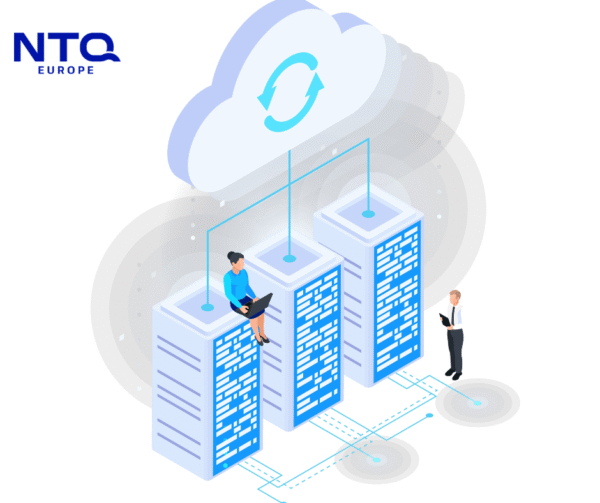
Whether you’re moving from the cloud back on-prem or modernizing legacy systems, the key is choosing a method that balances speed, control, and long-term value.
Lift-and-Shift: Fast and Simple Transition
The lift-and-shift strategy involves moving applications and workloads from their current environment (often in the cloud or legacy systems) directly to the on-premises infrastructure without changing their core architecture. It’s an efficient option when speed is a priority and your existing systems are already stable and compatible.
Businesses often use this approach to avoid cloud-related compliance issues quickly or to consolidate their infrastructure under one roof. While this method doesn’t optimize or modernize the applications, it serves as a low-disruption way to bring operations in-house and sets the stage for future improvements.
Re-architecting: Optimize While You Migrate
If your goal is to modernize your systems, re-architecting is the smart choice. Instead of simply lifting and shifting, this approach involves redesigning parts or all of your applications to better fit your new on-premises setup. It’s ideal for businesses using outdated softwares or managing complex workloads that require scalability, advanced security and improved performance.
Hybrid Approach: Best of Both Worlds
If you’re not ready to go all-in on cloud or stick strictly to on-prem, a hybrid approach might be the perfect middle ground. It lets you keep sensitive data and critical systems on-premises, while using the cloud for more flexible or less sensitive workloads. This setup works especially well for companies in regulated industries, or those that need reliable disaster recovery without giving up full control. With a hybrid model, you can scale when needed without compromising security or performance, making it a smart, flexible option for businesses with complex IT environments.
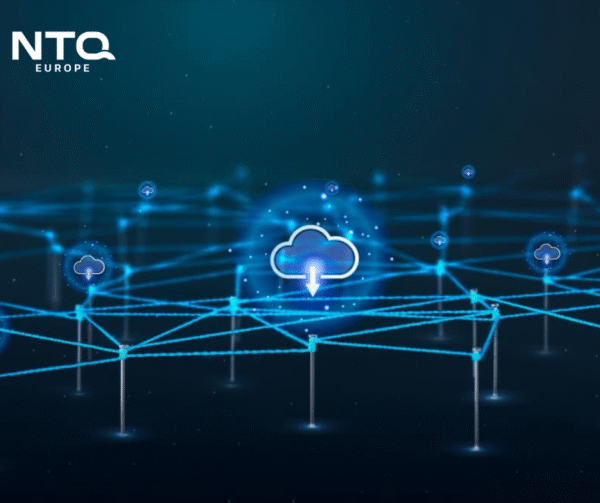
On-prem migration continues to be a smart and strategic choice for many businesses
Why On-prem Migration Still Makes Sense: Key Benefits for Businesses
While cloud services adoption has grown rapidly in recent years, on-prem migration continues to be a smart and strategic choice for many businesses, especially those in regulated industries that deal with sensitive data or require consistent performance.
Greater Data Control and Enhanced Security
One of the key advantages of On-prem Migration is the ability to maintain full control over your data and infrastructure.
When your systems are hosted on-premises, you have full control over data location, access permissions, and security measures. This is particularly critical for businesses in healthcare, finance, legal, or government sectors, where compliance with strict regulations like GDPR, HIPAA, or PCI-DSS is essential.
With on-prem, there are fewer third-party dependencies. You can build your own layered security protocols, conduct internal audits on your own schedule, and respond to threats in real-time without relying on a vendor’s timeline. If data privacy and protection are top concerns for your organization, on-prem gives you the visibility and control you need.
Stable Performance Without Relying on Internet Connectivity
Cloud solutions rely heavily on internet access. While that may not be an issue in all scenarios, any latency, bandwidth limitations, or outages can quickly impact business operations. With on-premises infrastructure, you gain stable and predictable performance, regardless of external network conditions.
This can be especially valuable for businesses running resource-intensive applications like ERP, manufacturing systems, or real-time data analytics tools that require low-latency environments. By hosting your critical workloads in-house, you reduce downtime risks and maintain operational consistency, even in areas with less reliable connectivity.
Full Customization and Flexibility to Meet Your Needs
Unlike many cloud platforms that impose architectural or licensing constraints, on-premises systems can be customized from the ground up to match your exact business requirements. Whether it’s integrating with legacy software, meeting niche industry standards, or building proprietary tools, on-prem gives your IT team the freedom to innovate without restrictions.
This flexibility extends to everything from hardware selection to network topology, backup policies, disaster recovery protocols, and more. For organizations that demand high levels of customization and ownership of their tech stack, On-prem Migration offers unparalleled freedom to design and optimize infrastructure on your own terms.
Best Practices for a Smooth and Successful On-prem Migration
Migrating to an on-premises infrastructure can bring powerful benefits, including more control, stronger security, and customized performance. But without a well-planned roadmap, even the most promising On-prem Migration can face delays, budget overruns, or unnecessary disruptions. To help ensure your transition is seamless and sustainable, here are the key best practices every organization should follow.
Assess Your Current Infrastructure and Migration Goals
Before making any major move, take a step back and audit your existing IT environment. This includes your current cloud usage (if applicable), physical hardware, legacy systems, software dependencies, security protocols, and storage requirements. You’ll also want to engage key stakeholders across IT, compliance, and operations to define exactly what you hope to achieve with the migration.
Ask yourself:
- What workloads need to move on-prem, and why?
- What are your performance, compliance, and security priorities?
- Do you need a full migration or a hybrid approach?
This step forms the foundation for building a practical, purpose-driven migration strategy.
Choose the Right Hardware, Software, and Management Tools
Once you’ve clarified your needs, it’s time to select the right components to build your new environment. The goal is to create a setup that supports your performance demands today while remaining scalable for future growth.
Your selection should include:
- Enterprise-grade servers and storage solutions that match your processing and capacity needs.
- Management platforms to handle monitoring, patching, and updates efficiently.
- Security tools like firewalls, SIEM systems, and endpoint protection to safeguard your environment.
- Backup and disaster recovery tools that align with your business continuity goals.
You might also consider virtualization and containerization technologies to improve flexibility and resource usage.
Test Rigorously Before Full Deployment
One of the most important yet overlooked best practices is comprehensive testing. Once your infrastructure is in place, run thorough tests before switching operations over to the new system, including:
- Performance benchmarks to ensure your workloads run as expected.
- Security audits to identify any vulnerabilities or gaps.
- Integration tests to verify how new systems interact with existing tools or software.
- User acceptance testing (UAT) is used to make sure internal users are comfortable with the new environment.
Doing this ensures you catch issues early before they impact users, data, or customers.

On-prem Migration is a strategic move for businesses prioritizing data control, security, and performance.
On-prem Migration Made Simple, Secure, and Scalable with NTQ Europe
When it comes to On-prem Migration, businesses often worry about complexity, disruption, and long-term maintenance. At NTQ Europe, we understand these concerns, and we’ve built our solutions to address them directly. Our approach ensures security, continuity, and performance at every step.
Seamless and Secure Deployment of On-premises Systems
We help organizations safely build and deploy on-prem infrastructure from the ground up. Whether you’re moving from the cloud, consolidating legacy systems, or building from scratch, our team handles everything, from infrastructure design to data migration and performance testing, so your systems are fully operational, secure, and optimized for your needs.
What sets us apart is our focus on long-term stability. We ensure your infrastructure runs smoothly and meets enterprise-grade standards from day one.
Hybrid Cloud Integration for Maximum Flexibility
Not every system needs to be hosted locally. Hence, we offer hybrid migration solutions, combining the security of on-prem with the scalability of cloud. This allows you to retain full control over sensitive data while still taking advantage of cloud-based flexibility for non-critical workloads.
Our experts design a hybrid infrastructure that fits your business, not the other way around, so you get the best of both worlds without added complexity.
Zero Disruption to Business Operations
One of the biggest fears around On-prem Migration is downtime. Our dedicated team prioritizes business continuity above all else. Through detailed migration planning, phased rollouts, and extensive testing, we ensure that your operations stay live while we work behind the scenes. That means no interruptions for your customers, no surprises for your team, and no risk to your reputation.
Ready to Make Your Infrastructure Work for You?
On-prem Migration is a strategic move for businesses prioritizing data control, security, and performance. Whether you’re planning to move off the cloud or adopting a hybrid model, On-Premises Migration services offer the control, security, and customization modern businesses need. With the right strategy, even on premise to cloud migration or hybrid transitions can be seamless and low-risk.
Start your on-prem transformation today. Let’s discuss the solution that fits your business best.


















